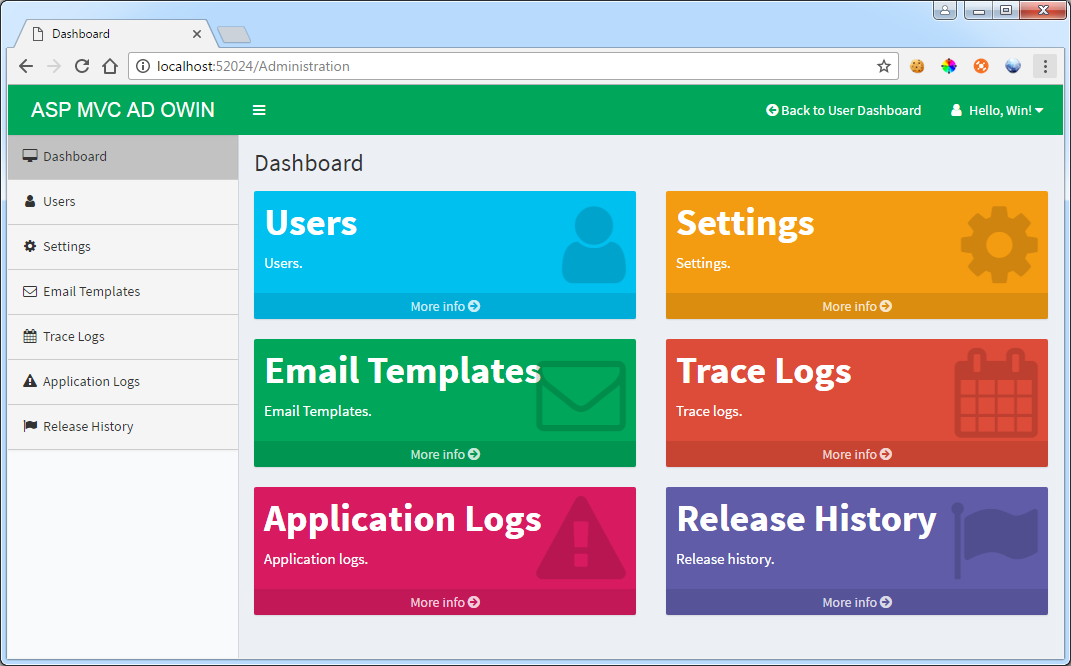

Let's try it: julia> file = "/Volumes/External HD/data.csv" Suppose, for example, rather than /etc/passwd, we wanted to sort the contents of the file /Volumes/External HD/data.csv. You can use $ for interpolation much as you would in a string literal (see Strings): julia> file = "/etc/passwd"Ī common pitfall when running external programs via a shell is that if a file name contains characters that are special to the shell, they may cause undesirable behavior. Suppose you want to do something a bit more complicated and use the name of a file in the variable file as an argument to a command. The program name and the individual arguments in a command can be accessed and iterated over as if the command were an array of strings: julia> collect(`echo "foo bar"`) More generally, you can use open to read from or write to an external command. If you want to read the output of the external command, read or readchomp can be used instead: julia> read(`echo hello`, String) If the external command fails to run successfully, the run method throws an ErrorException.

The hello is the output of the echo command, sent to stdout. Here's a simple example of running an external program: julia> mycommand = `echo hello` Alternatively Julia can be run inside a Posix environment such as Cygwin. One option to run these commands is to invoke cmd.exe, for example cmd /C echo hello. On Windows, many similar commands, such as echo and dir, are not external programs and instead are built into the shell cmd.exe itself. The following assumes a Posix environment as on Linux or MacOS.
TIMENET GITHUB CODE
TIMENET GITHUB SERIES
GitHub Education has even hacked in some new enigmas, cheat codes, and easter eggs for all the digital sleuths to uncover!Ĭurious digital detectives will be able to dive right into the 90’s vibe as they journey through a series of 11 missions across four chapters.
TIMENET GITHUB WINDOWS
Set in the year 1999 with a full-on Windows 98 OS user experience, Break The Code 2 is back with an all new lineup of twists and turns for players to work their way through, including a series of 11 missions across four chapters. Why should you be even more excited about Break The Code 2? Everyone walked away a winner in some form-all the way from having a ball decoding puzzles and ciphers, to vying for over $15,000 worth prizes, to earning bragging rights as challenge champions.

Designed to bring us together during our most separated times, Break The Code ended up providing much more than just a digital connection. Tech Domains changed the game when they brought together a community of over 100k tech lovers to take part in Break The Code 1.0. Raise your hand if you remember Break The Code 1.0?īack in 2020. Tech Domains have in the works for this latest addition. Tech Domains developer community competition: Break The Code 2! If you thought the initial Break The Code 1.0 was a one-of-a-kind experience, wait till you see what GitHub Education and.


 0 kommentar(er)
0 kommentar(er)
